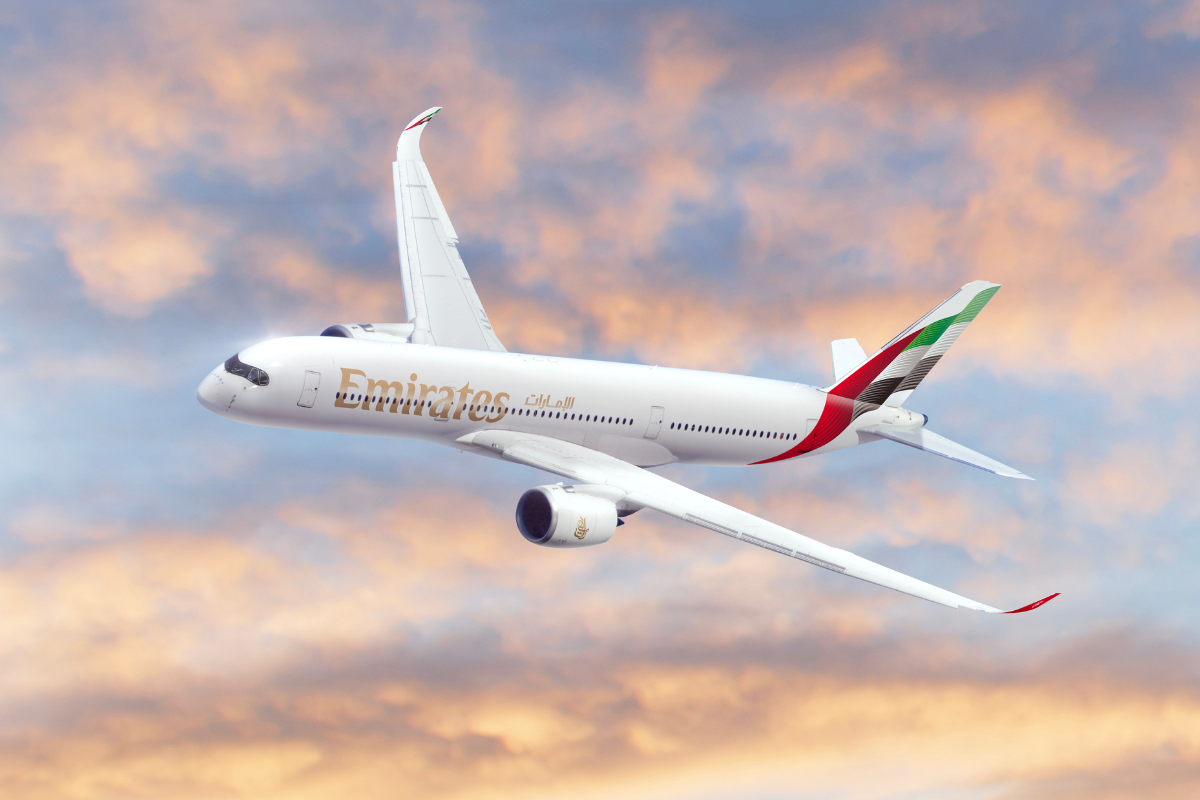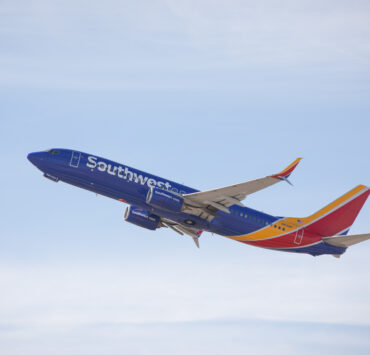
Emirates is said to be reconsidering its decision not to install a First Class cabin on its Airbus A350-900 aircraft, which will start to be delivered to the Dubai-based airline next year.
The carrier originally ordered 50 A350s in 2019, but during last month’s Dubai Air Show, Emirates announced an additional firm order for 15 more A350s at a list price of more than $6 billion, bringing its total order book to 65 A350s.
EMIRATES A350 UPDATE
— M Zulqarnain B (@MZulqarnainBut1) December 13, 2023
First 7 Airbus A350s will not have crew rest compartments. Instead the airline is considering to install first class seats
6 MSNs have been allocated on the A350;
684. 690, 693, 694, 695 & 696
Seat map of Emirates Airbus A350 to be released soon#avaition pic.twitter.com/fNv1qiA0zx
Emirates has only ordered the shorter -900 variant of the A350 which has an overall length of 66.80 metres and a nonstop range of up to 15,000km in a standard configuration.
Airbus markets the A350-900 as an efficient and economical long-haul aircraft but Emirates could opt for a configuration that will limit its potential range according to M Zulqarnain B, an Aviation Data Analysis on X (formerly Twitter).
Although Emirates has yet to publish details of its A350 configuration, Zulqarnain believes that the airline is now considering installing a First Class cabin on the first seven jets due to be delivered by Airbus.
Originally, it was believed that Emirates had ruled out installing First Class due to how much space the cabin would take up in the cabin. To reclaim a small amount of space and weight, however, Emirates is said to be considering the idea of removing the crew rest compartments from its initial A350 deliveries.
The A350 comes with two crew rest compartments – a pilot compartment with two bunks located at the front of the aircraft and a cabin crew rest compartment with six beds at the back of the aircraft.
Considering the long-range capabilities of the A350, these compartments are usually fitted as standard. Although the bunks are located above the actual passenger cabin, removing the cabin crew compartment would reduce the overall weight of the plane and provide room for at least one more row of seats.
Without crew rest compartments, the aircraft will be limited in its range and won’t be able to operate ultra-long-haul flights where inflight rest periods are mandatory.
These aircraft could be potentially used for regional routes where the frequency of flights operated per day is more important than the capacity on a single flight.
With 65 A350s on order, Emirates has the potential to configure its A350 fleet with several different layouts designed for different markets and needs. We won’t, of course, know the answer for sure until Emirates finalises its so-called LOPA (layout of passenger accommodations).
Mateusz Maszczynski honed his skills as an international flight attendant at the most prominent airline in the Middle East and has been flying throughout the COVID-19 pandemic for a well-known European airline. Matt is passionate about the aviation industry and has become an expert in passenger experience and human-centric stories. Always keeping an ear close to the ground, Matt's industry insights, analysis and news coverage is frequently relied upon by some of the biggest names in journalism.









